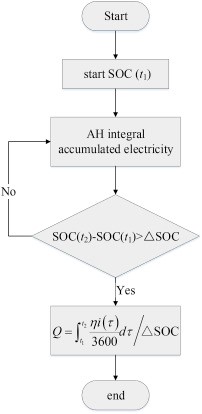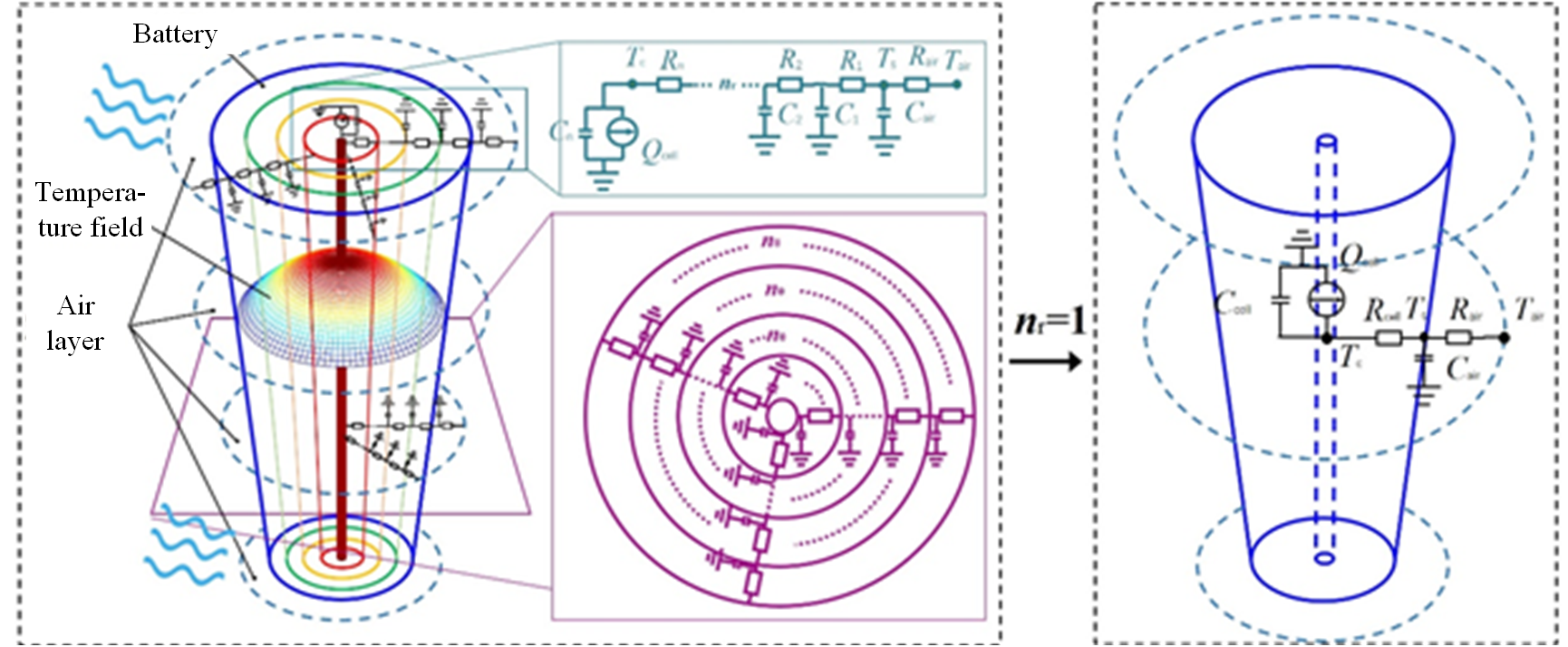State Estimation
Power battery state SOX (including SOC, SOH, SOP, SOTand SOS) estimation is one of the core functions of power battery management system. Accurate SOX state can ensure the safe and reliable operation of power battery system, optimize the use of power battery system, and provide basis for energy management and safety management of electric vehicles. However, the power battery has the characteristics of limited measurable parameters, coupled characteristics, instant decay, strong time-varying, nonlinear and so on. The application of on-board environment is faced with the application requirements of series parallel heterogeneous complex system, full condition (wide rate charge and discharge) and all climate (-30°C ~ 55°C temperature range). State estimation of the power battery with high-precision and strong robustness is a great challenge, which has always been an industry technology and a hot topic in international academic research. The main models in this part are as follows:
1. Power battery SOC estimation based on Thevenin equivalent circuit model and EKF algorithm

Figure 1 Model-based algorithm flow of power battery SOC estimation
The key to specific implementation: Estimate the battery state at the next moment through the measured current, temperature data, and the current battery state. Use the battery model to map the battery terminal voltageat the corresponding time. Correct the estimated state of the battery through the residual of model terminal voltage and the measurement terminal voltage. The residual error to correct the estimated state of the battery. An inaccurate SOC initial value will result in an incorrect SOC estimated value, and thus the mapped model terminal voltage will have an error. Constantly adjust the SOC estimated value to minimize the mapped terminal voltage error, thereby realizing the closed-loop correction of the SOC.
2. Estimation method of power battery usable capacity based on SOC estimation value
The flow of the algorithm is shown in Figure 2. The specific implementation process is as follows:

Figure 2 Problem description of the method for estimating the available capacity of power battery based on the estimated value of SOC
①Real-time power battery data acquisition, including current, voltage, temperature, etc., and the collected data is sent to the controller for real-time calculation of the algorithm; ②Model parameter identification driven by online measurement data. Calculate the Ri, RD and CD of Thevenin model based on the collected data, and use the calculated results for subsequent SOC estimation; ③SOC estimation. Based on the collected data and the parameter results of online identification, the AEKF-based SOC estimation algorithm is used to achieve accurate SOC estimation, and the calculation results are used for subsequent available capacity estimation; ④Available capacity estimation. After obtaining the estimated value of the power battery SOC, it should be judged whether the above three boundary conditions meet the requirements, if so, the available capacity can be directly estimated; otherwise, the available capacity is not updated.
3. Continuous SOP forecasting method
Aiming at the problem of SOP prediction that requires continuous sampling intervals, this section describes in detail the continuous SOP prediction method for multiple sampling intervals.
4. Estimation of internal temperature of power battery based on dual Kalman filter algorithm
The method is divided into two steps: first, by fusing the heat generation model of Bernardi battery and the heat transfer model of thermal circuit, the state equation analysis method is applied to express the temperature inside and outside the battery, and the discrete-time system of temperature is established; second, the real-time estimation model of battery internal temperature and environmental parameters is established by using double extended Kalman filter, and the on-line estimation of battery internal temperature is realized. Figure 3 is a schematic diagram of the thermal circuit model of the power battery.

Figure 3 Schematic diagram of the thermal circuit model of the power battery
5. Introduction to an SOS estimation method
As lithium-ion batteries are used in electric vehicles and stationary storage applications, more battery cells and higher energy densities increase the risk of possible catastrophic events. It is necessary to estimate the safety state of the battery SOS.
Based on the concept that safety is inversely proportional to abuse, a definition and method for calculating the safety state of energy storage system are given. With the increase of the latter, the former decreases to zero. The previous description is qualitative in nature, but does not provide a digital quantification of storage system security. For battery test standards, they only define pass or fail criteria. The proposed SOS state uses the same range as other common state variables (such as SOC, SOH), and the value is between 0 (completely unsafe) and 1 (completely safe). The developed function combines the effects of any number of sub functions in one or more variables (such as voltage, temperature or mechanical deformation). Each sub function describes a specific situation of abuse, and these variables can be detected by sensors or estimated by other technologies. By adding new sub functions or improving the existing sub functions, the definition of security state can be more general.




